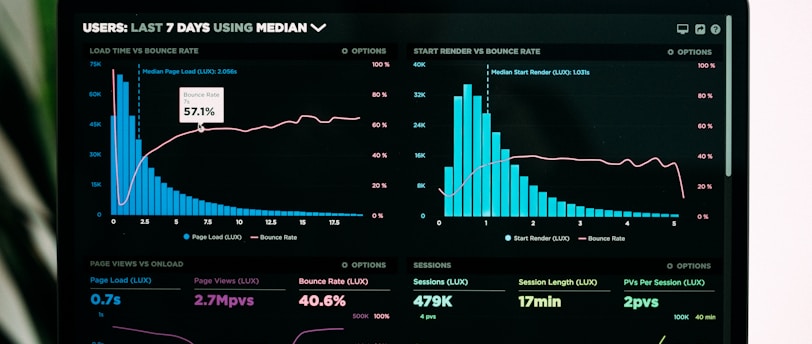Sensitivity Analysis: How To Calculate Risk
“You cannot swim for new horizons until you have courage to lose sight of the shore.” ― William Faulkner
MENTAL MODEL


A sensitivity analysis tells us how different values of a variable affect a dependent variable. Companies use them to identify opportunities, mitigate risks, and communicate decisions to higher-level management. Sensitivity analyses allow leadership to see what interacts with a specific project and how. They also inform us of what to be on alert for or what to plan for. It’s otherwise known as the “what-if? analysis” since we constantly ask “what if…?” when performing it — there’s literally a “what-if analysis” button in Microsoft Excel.
In simple terms, a sensitivity analysis helps you understand which variables have the biggest influence on the overall result and how changes in these variables affect the end outcome. You feed it inputs — the parameters for your model, like interest rate, cost estimates, growth rate — and form predictions or outputs — such as net present value, project profitability, or investment risk. Sensitivity analyses help us make more informed choices by giving us a nuanced understanding of how sensitive the outcome is to each variable along the pipeline.


Real-life applications of sensitivity analyses:
Finance: an investor uses sensitivity analyses on discounted cash flow (DCF) models to see how changes in the growth rate affect the net present value (NPV) of an investment. This helps them assess the risk and robustness of their investment.
Project: a project manager could examine how variations in cost estimates, completion times, and resource allocation impact the overall project timeline and budget. This would identify critical factors that demand scrupulous monitoring to avoid delays.
Engineering: an engineer could model the performance of a new design and conduct a sensitivity analysis to see how changing material properties or environmental conditions affect the structure. This would provide insights into parameters crucial for safety and reliability.
Governing: a policymaker might use sensitivity analyses on economic models to predict how changes in tax policy or other measures affect the growth of the economy and employment rates. This helps design robust policies that perform under different economic conditions.
Marketing: a marketing team could conduct a quick test on how changes in ad spend or market growth affect their sales. This would serve as a guide for how they should allocate their advertising budget.
How to use a sensitivity analysis as a thinking tool: (1) define your model — what are your inputs, what are your outputs, and what are your best and worst estimates?; (2) list those variables — determine the inputs which are most likely to vary, and focus on these during your analysis; (3) trust the process — change one input at a time or try combinations and note the impact on the output, trying your best to put a number on it; (4) analyze what you found — evaluate which inputs caused the most significant changes in the output; (5) try out multiple scenarios — go optimistic, pessimistic, realistic, and all-kinds-of-istic to see how your model performs under different conditions.